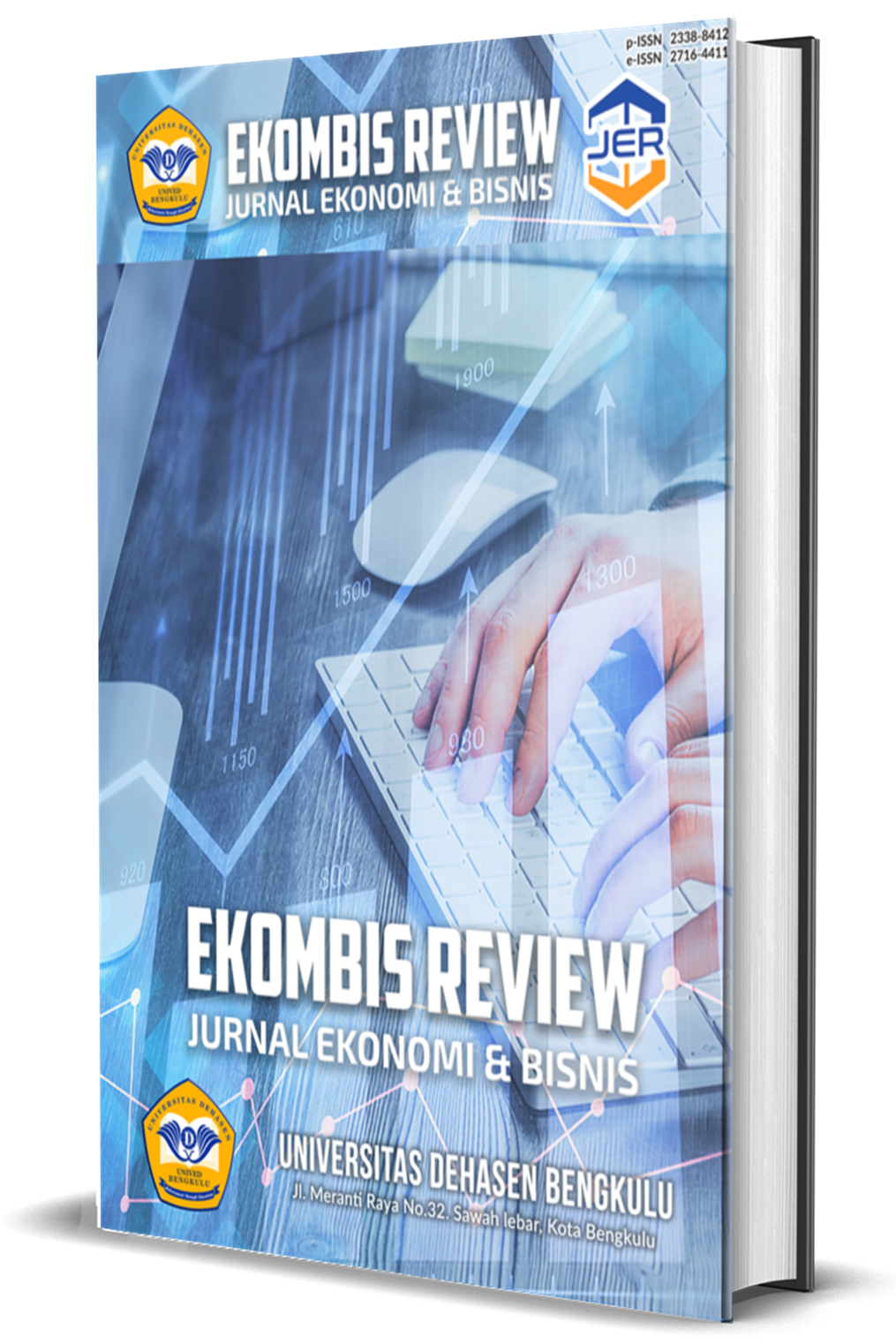The Impact Of Dams on Agricultural Productivity In Indonesia
Abstract
The construction of dams plays a crucial role in water resource management, including irrigation, energy, and consumption, and is believed to contribute to overall welfare improvement. Several previous studies have highlighted the positive impact of large dams on agricultural productivity, particularly in terms of irrigation efficiency. However, the distribution of these benefits among local communities remains unclear. Some studies suggest that residents living near dams often receive fewer benefits. This study aims to evaluate the impact of large and small dams on agricultural productivity, measured by the frequency of rice harvests at the household level, using data from the Indonesia Family Life Survey (IFLS) 2007 and 2014, as well as spatial data on dams in Indonesia. The findings indicate that the presence of large dams tends to be negatively associated with the frequency of rice harvests for households near the dams. Conversely, small dams exhibit a different trend, where their presence is associated with increased agricultural productivity. This study employs a unique approach by considering the distance of households from dam locations to provide more accurate predictions of changes in agricultural productivity in areas near large dams compared to those farther away.
Downloads
Copyright (c) 2025 Sapto Langgeng Apriyanto, Widyono Soetjipto

This work is licensed under a Creative Commons Attribution-ShareAlike 4.0 International License.
An author who publishes in the EKOMBIS REVIEW: Jurnal Ilmiah Ekonomi dan Bisnis agrees to the following terms:
Author retains the copyright and grants the journal the right of first publication of the work simultaneously licensed under the Creative Commons Attribution-ShareAlike 4.0 License that allows others to share the work with an acknowledgement of the work's authorship and initial publication in this journal
Submission of a manuscript implies that the submitted work has not been published before (except as part of a thesis or report, or abstract); that it is not under consideration for publication elsewhere; that its publication has been approved by all co-authors. If and when the manuscript is accepted for publication, the author(s) still hold the copyright and retain publishing rights without restrictions. For the new invention, authors are suggested to manage its patent before published. The license type is CC-BY-SA 4.0.
EKOMBIS REVIEW: Jurnal Ilmiah Ekonomi dan Bisnis is licensed under a Creative Commons Attribution-ShareAlike 4.0 International License.














